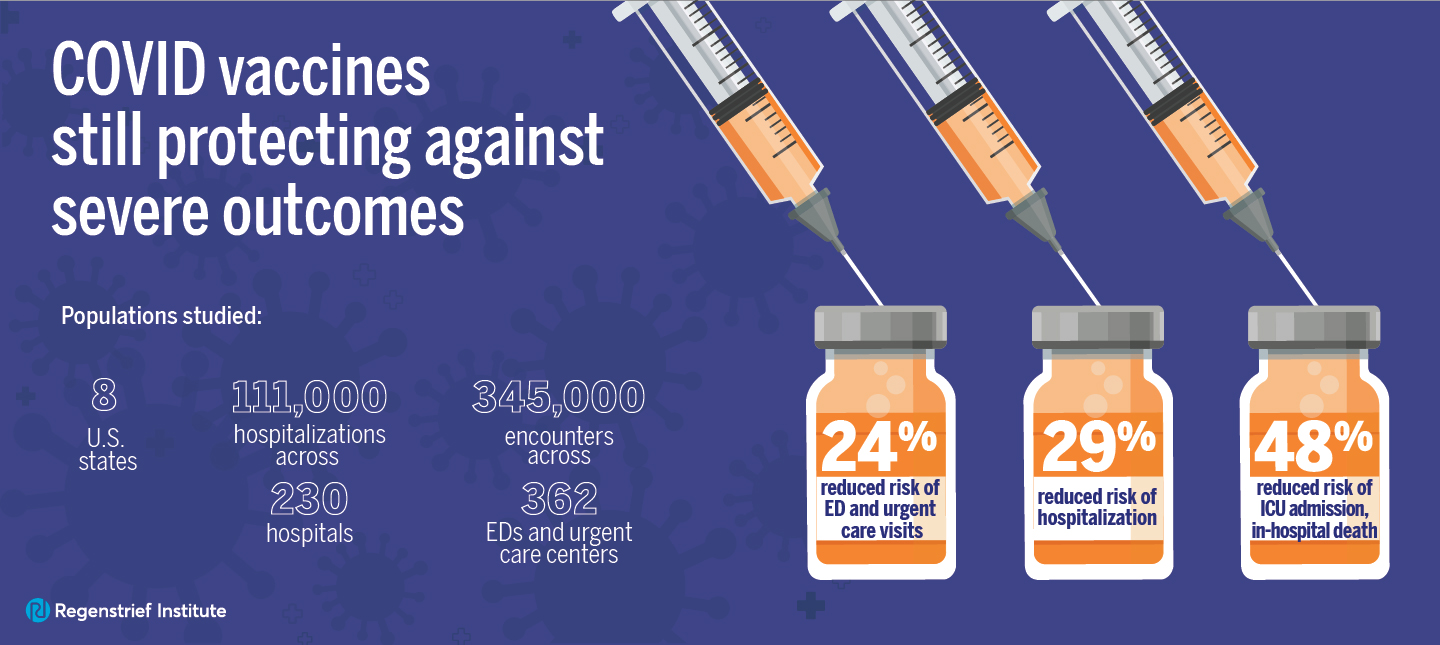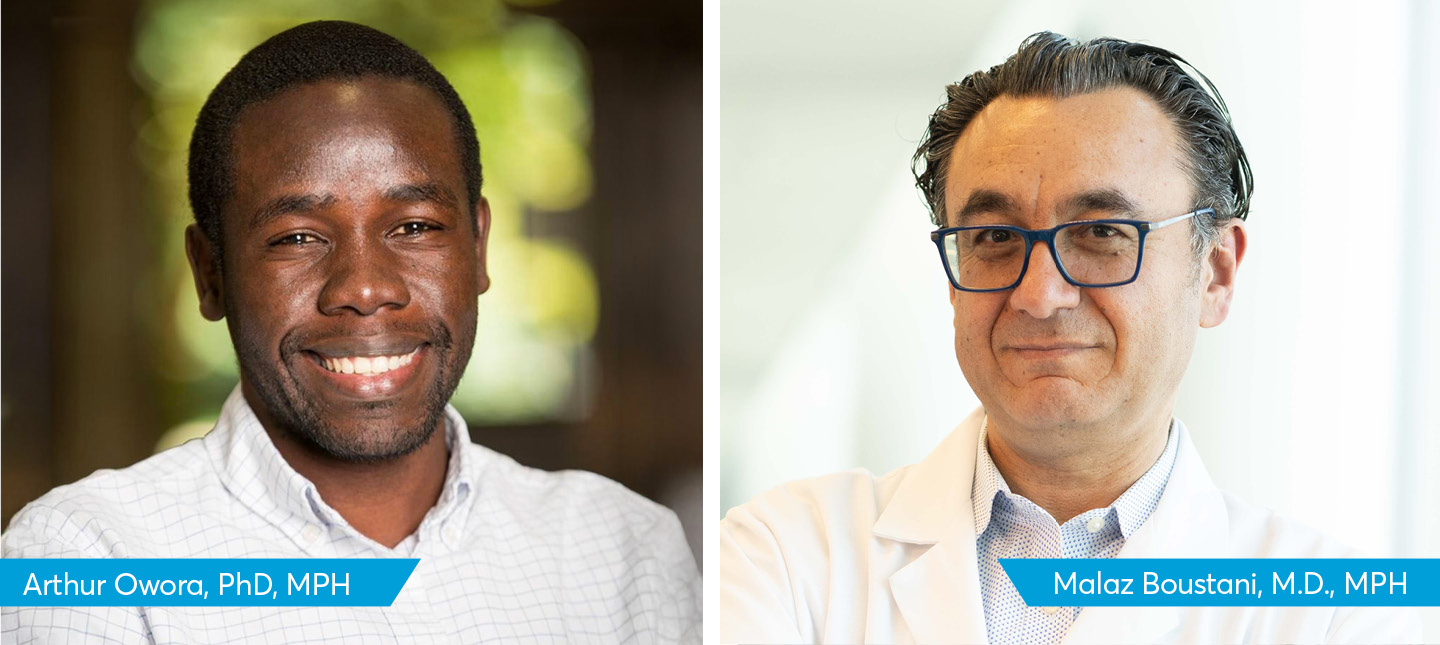INDIANAPOLIS – A visit by a home health worker, such as a nurse or physical therapist, within a week of an older adult’s discharge from a skilled nursing facility appears to lower the risk of hospital readmission within 30 days by nearly half according to a new Indiana University Center for Aging Research and the Regenstrief Institute study.
Appointments with physicians, physician assistants or a nurse practitioner at the clinician’s office–more expensive and a greater burden to the patient as well as the caregiver–did not have as strong an association with reduced risk of 30-day hospital readmission.
As duration of hospital stays decreases, a significant number of older adults are not ready to return home when they leave the hospital following procedures such as hip surgery or knee replacement or after a debilitating illness. One in five are discharged to one of the nation’s 15,000 skilled nursing facilities, known as SNFs (pronounced sniffs).
SNFs are intended for short-term stay (under 100 days) following hospital discharge to provide the medical, rehabilitation and other support that family and caregivers are not trained or equipped to provide. Commencing in 2018 Medicare will penalize SNFs as well as the hospital that treated the patient if re-hospitalization occurs within 30 days of discharge from the hospital.
“Transitions From Skilled Nursing Facility to Home: The Relationship of Early Outpatient Care to Hospital Readmission” is published online ahead of print in JAMDA. The study looks at over 1500 community-dwelling older adults who were discharged to a SNF prior to returning home. How likely were these fragile individuals to be re-hospitalized within 30 days–an outcome that is bad for the older adult and costly to the US healthcare system?
“A hospital admission is a stressful event for an older adult, and when they go home our duty is to ensure they have all the tools they need to successfully remain independently at home. We conducted this study of over 1500 community-dwelling older adults because patient characteristics and other factors that can help to prevent the older adult’s return to the hospital are poorly understood,” said IU Center for Aging Research and Regenstrief Institute investigator Jennifer Carnahan, MD, MPH, an IU School of Medicine assistant professor of medicine who led the study. “We took a detailed look at the factors that potentially affect readmission and found that having a home health worker visit immediately after leaving a SNF was the factor that was most significantly associated with reduced rate of hospital readmission within 30 days of returning home.”
Dr. Carnahan notes that in past studies, researchers reported that following up with a physician or other clinical provider was important but that she and the fellow authors of the new study found that, at most, those results are equivocal.
“We aren’t saying that seeing your physician after discharge from the SNF isn’t important,” said Dr. Carnahan, a geriatrician. “We are saying that having a home health worker visit as soon as you return home appears to be more significant in reducing hospital readmissions. If I were a family member advocating for my loved one, I would be really focused on making sure that not a lot of time passes after SNF discharge before a home health worker visit.”
Home health worker visits are typically arranged by the SNF staff prior to the older adult’s discharge to home.
“We hope these findings will encourage policy makers to make home health care more widely available. An early home health visit may be a great way to improve the chances that the older adult won’t need to come back to the hospital so soon.” says study senior author, Alexia Torke, MD, associate director of the IU Center for Aging Research, Regenstrief Institute investigator and associate professor medicine at IU School of Medicine.
The JAMDA study was conducted with support from The John A. Hartford Foundation and the National Institute on Aging. Authors, in addition to Drs. Carnahan and Torke, are James E. Slaven, MS, of the IU School of Medicine; Christopher Callahan, MD, founding director of the IU Center for Aging Research, Regenstrief Institute director of aging research and Cornelius and Yvonne Pettinga Professor of Medicine at IU School of Medicine; and Wanzhu Tu, PhD, a Regenstrief Institute investigator and IU School of Medicine professor of biostatistics.
Media contact:
Cindy Fox Aisen
Regenstrief Institute
caisen@iupui.edu
317-843-2275








